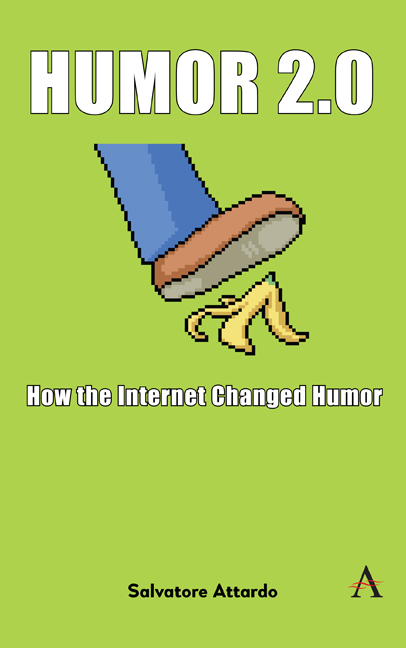Summary
As we saw in the previous chapter, memes are self-replicating units of meaning, the analog of genes in biology. What we did not discuss in the previous chapter is that genes and therefore memes are the locus of evolution. Darwin's splendid insight was the evolution depends on three mechanisms: variation, selection and replication. Variation is provided by the individual producing a new meme or a variant of an old one. Selection is provided by the choices of other users to adopt or share the meme, rather than another one. For example, as we will see in Chapter 15, the Chuck Norris Facts memes were preceded by the Vin Diesel Facts and by Mr. T Facts. However, at some point, the users selected the Chuck Norris ones and the Vin Diesel and Mr. T facts more or less disappeared. In other words, memetic selection is literally choosing which memes to share/modify.
In the case of internet memes, “replication” is not a direct equivalent of what happens in the biological world. Viruses “reproduce” by infiltrating a cell of the host, using the mechanisms of the cell to produce more viruses, until the cell releases the viral particles (and usually dies). None of that happens for memes (thankfully! I’d hate it if my head exploded each time I learn something new…). Replication for memes means the reposting, sharing, forwarding, etc., of a meme. This is primarily what we refer to when we say that a meme has “gone viral”: we mean that the meme spreads fast, like a virus.
Produsage
As we also saw in the previous chapter, internet memes are associated with the rise of social media and more generally of the web 2.0, that is, the active participation of the users in the production of content. The concept of produsage (Bruns, 2008), a portmanteau word consisting of production + usage, well describes the idea of user-led production of cultural artifacts (memes). Contrast, for example, a product, like Microsoft Word, or a script of a movie. These products are meant to be used, or enjoyed, rather passively. One can marginally customize MSWord, but, by and large, the software or the movie are finished products to be used.
- Type
- Chapter
- Information
- Humor 2.0How the Internet Changed Humor, pp. 23 - 38Publisher: Anthem PressPrint publication year: 2023

